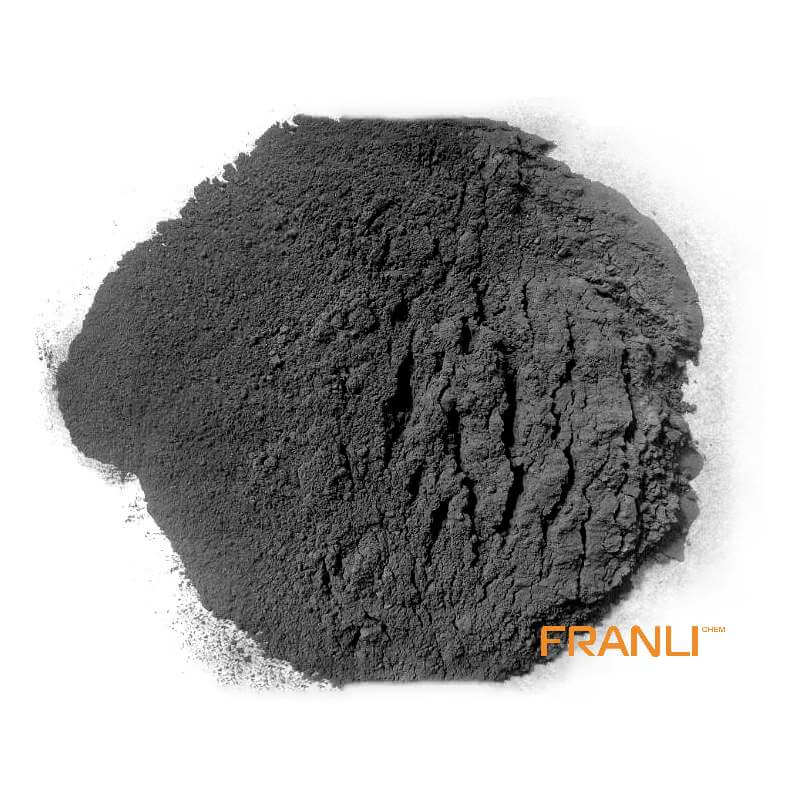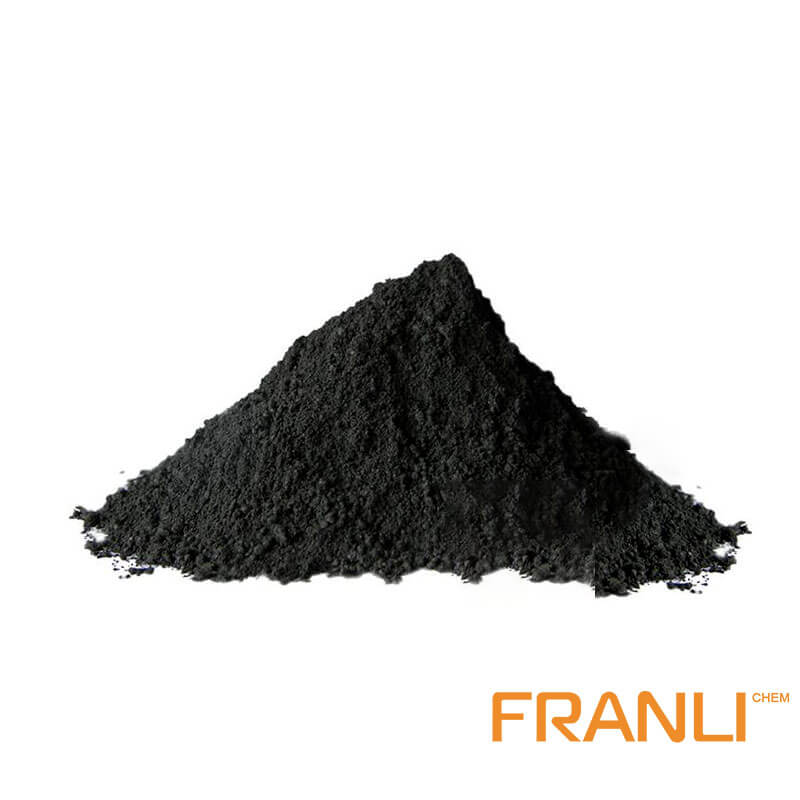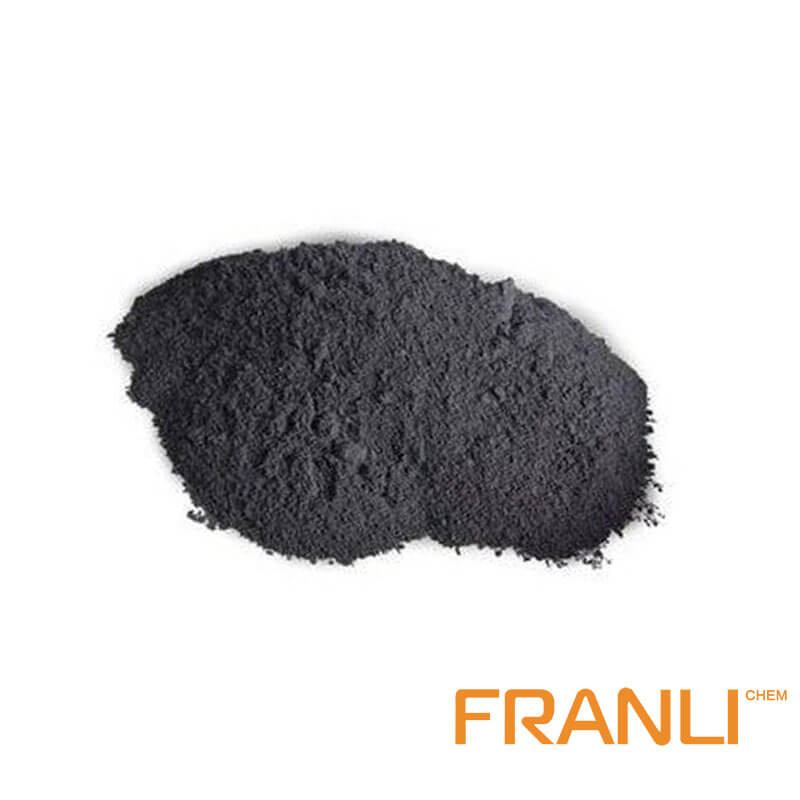


Artificial Graphite
Size
0.01mm or 0.07mm,etc
Package
25 kg small bags into ton bags or ton bags
Features
Good wear resistance, corrosion resistance, good thermal conductivity, etc.
Application
Can be used in making heat exchanger, reaction tank, absorption tower, etc.
There are many kinds of artificial graphite and different production processes. In a broad sense, all graphite materials obtained by carbonization of organic matters and treated by high temperature after being treated with graphite can be collectively referred to as artificial graphite.In the narrow sense, artificial graphite usually refers to the massive solid materials prepared by batching.
Request a quote
Artificial graphite refers to a block solid material, such as graphite electrode, which is made by using carbonaceous raw materials with low impurity content as bone pieces and coal tar pitch as a binder through batching, kneading, molding, carbonization, and graphitization. Isostatically pressed graphite, etc.
The demand on the global power side has exploded. In 2025, the global negative electrode market space will be nearly 50 billion, and the graphitization and internalization of the negative electrodes have become the general trend of the industry.
At present, the cathode materials of lithium-ion batteries include natural graphite materials, artificial graphite materials, silicon-based, and other cathode materials.
In the selection of negative electrode materials, although the cost of artificial graphite is higher than that of natural graphite, it occupies the absolute mainstream in power batteries with its excellent performance and better matching with positive electrode materials and electrolytes; Natural graphite is mainly used in consumer electronics and energy storage.

Artificial graphite materials have the advantages of high electronic conductivity, large lithium-ion diffusion coefficient, high lithium intercalation capacity, and low lithium intercalation potential, and graphite materials have a wide range of sources and low prices.
Thanks to the advantages of technology, price, and mature supporting industries, artificial graphite as cathode material will still be mainstream in the next few years.
According to the statistics of GGII, from 2016 to 2020, the shipment of artificial graphite in China increased from 77000 tons to 307000 tons, and cagr41 3%, accounting for 84% of negative electrode materials from 68%. In the first half of 2021, China shipped 282000 tons of artificial graphite, accounting for 85%.
The raw material of artificial graphite is not graphite ore, but Coke, including petroleum coke and needle. Artificial graphite is made by crushing, granulating, graphitization, and screening raw materials and binders.
It basically includes four processes, including crushing, granulation, graphitization, and screening. The four processes are subdivided into more than ten processes, and the process is basically the same, but the preparation process will be different for each enterprise and different levels of the artificial negative electrodes.
Among the four processes of artificial graphite, crushing and screening are relatively simple. Granulation and graphitization are the two links that reflect the technical threshold of the negative electrode industry and the production level of the enterprise.
From the competition pattern of the artificial graphite market, there are many players in the industry with clear echelons.

At present, the top three in China’s market share are Jiangxi Zichen (putailai artificial graphite subsidiary), Shanghai Shanshan, and Kaijin energy respectively, and the second echelon is Zhongke electric, battery, and xiangfenghua respectively. The market share has increased, showing a catch-up trend.
Putailai is a leading enterprise in the subdivided field of high-end artificial graphite; Shanghai fir is mainly made of artificial graphite; Beiteri is the absolute leader in the natural graphite market, accounting for more than half of the market, and is vigorously expanding its artificial graphite production capacity.
Graphitization accounts for about 50% of the cost of negative electrode materials. It is usually in the form of outsourcing processing, and the negative electrode manufacturer needs to pay a certain processing fee to the processing manufacturer. Therefore, mainstream manufacturers are generally adopting graphite production integration to reduce costs and maintain supply chain stability.
China’s main graphitization capacity is mainly concentrated in Inner Mongolia, Shanxi, Sichuan, Hebei, and other places.
At present, graphitization is obviously in short supply. However, as independent graphitization manufacturers are low-end manufacturing links and have low economic added value, provinces are more cautious about the expansion of independent graphitization capacity.
It is expected that under the background of double control, the construction period of graphitization will be extended as early as the second half of next year and may not be solved until the first half of 2023. During this period, the graphitization cost will remain high and may reach a new high.



